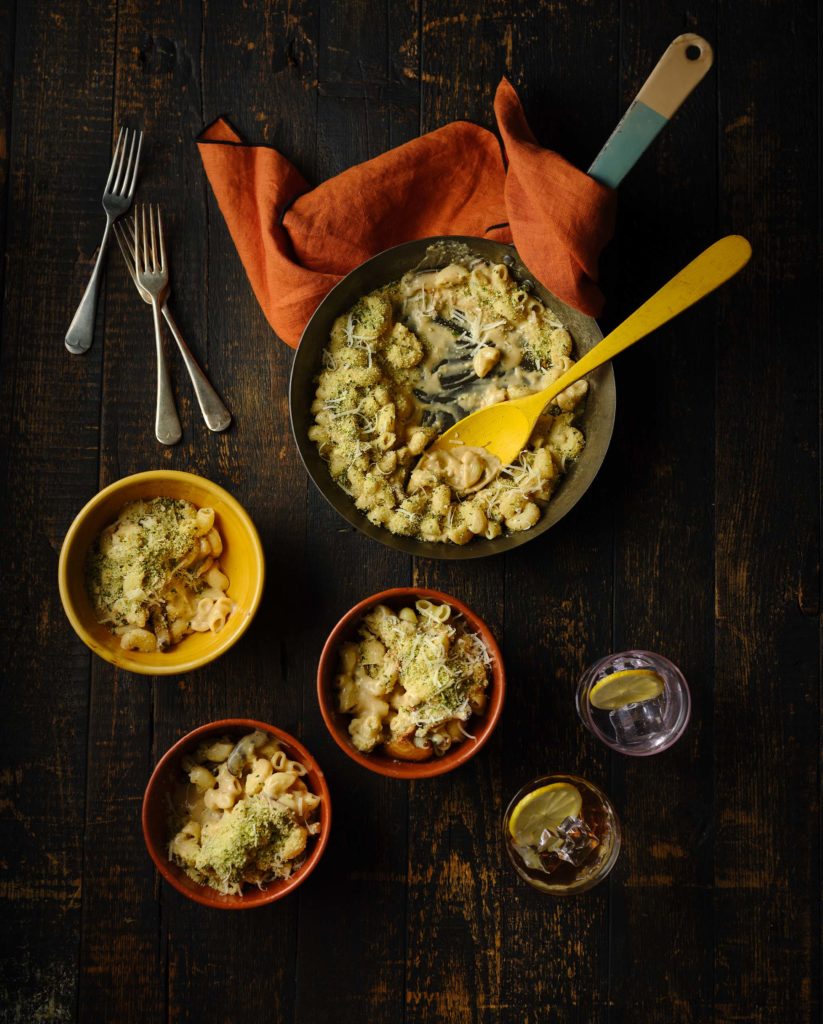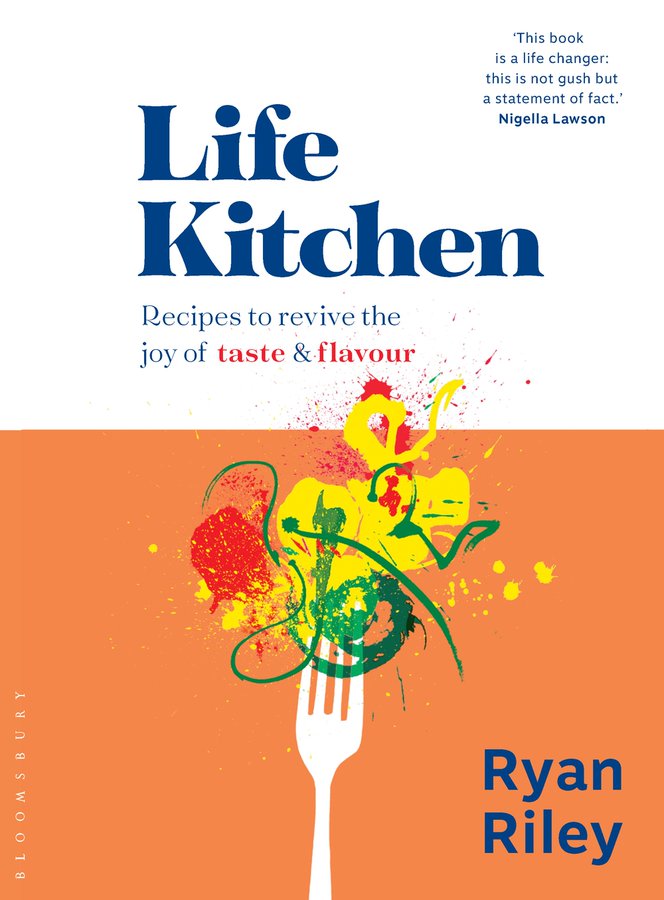The Science
Life Kitchen is backed by science. We work with Professor Barry Smith at the Centre for the Study of the Senses. Professor Smith advises us on how flavour works scientifically, and we translate this into delicious recipes that help people enjoy food again.
We use five elements: aroma, umami, texture, layering and trigeminal food sensations to create our recipes.
Umami
Our five basic tastes are sweet, salty, bitter, sour and umami.
Umami is our fifth taste and is found in foods like soy sauce, mushroom, miso, fish, seaweed and cheese. It is often recognised as savouriness. Umami can amplify and heighten flavours by acting as a sort of step ladder for the other taste buds – creating more flavour. We see this in popular foods such as salted caramel.
In our classes and recipes we like to create something called synergistic umami – adding more than one umami ingredient to a recipe, which further boots flavour. Umami also assists in saliva production, so foods that are rich in umami are often, quite literally, mouth watering.
We like to call synergistic umami SUPER UMAMI and we can find super umami combinations in all of the foods we already enjoy. Think classic ham and cheese sandwiches, mushrooms and parmesan and garlic and soy. Umami rich ingredients are often also a good source of protein.
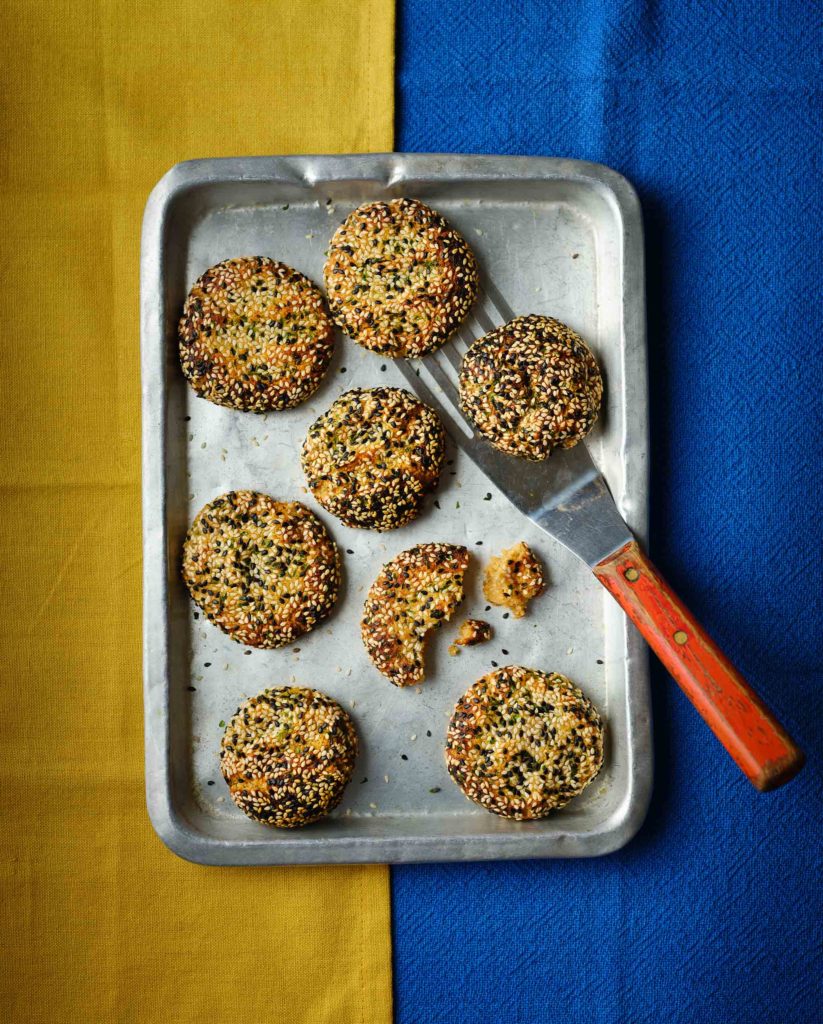

The Trigeminal Nerve
In our classes we teach about the trigeminal nerve and how you can use ingredients like wasabi, mint and cinnamon to make your food more delicious, whilst making it a more interesting sensory experience for your body.
The trigeminal nerve submits sensory information to the face, it is responsible for helping us feel the heat from chillies and coolness from mint. It is also the nerve responsible for biting and chewing.
Some treatments and conditions cause people to lose their sense of smell, which greatly impacts the way we taste food. At Life Kitchen, we think it is important to give the brain other sensory experiences in order to make eating more pleasurable. When we stimulate the trigeminal nerve, we add more of an unusual sensory element to food, this is also the reason that the texture of food is important.
The trigeminal nerve works with the olfactory nerve, which is the nerve responsible for smell. Chewing is one of the most important ways our body carries smell along our nasal passages, this is the trigeminal nerve and olfactory nerve working together. The ophthalmic division of the trigeminal nerve is what makes us cry when we cut onions!
Smell
A large percentage of everything we perceive as taste is actually what we smell. Scent is made up of lots of molecules that travel through the air and the strength of the scent we perceive depends on the size and weight of those molecules and how quickly they reach our nose.
Cheddar cheese is a good example of something with high levels of vapour-releasing (volatile) molecules, making it smell extra strong. This makes it a great ingredient for Life Kitchen. When we’re developing recipes, we look for ingredients that have high or more powerful levels of volatile molecules. We would also look at using ingredients like citrus, as those scents travel quickly through the air.
A good example is the classic pairing of mozzarella, tomatoes and basil. The mozzarella and tomatoes work together to create SUPER UMAMI, whilst the tomato gives us some sweet and sour flavour notes, and a floral like scent. The cheese has a musky, earthy scent with heavier flavour molecules and the basil has smaller scents molecules that travel quickly through the air. You’ll find the basil is the first vibrant taste, followed by the other ingredients. All of these scent molecules reach us at different times and give us a multitude of flavours and experiences.
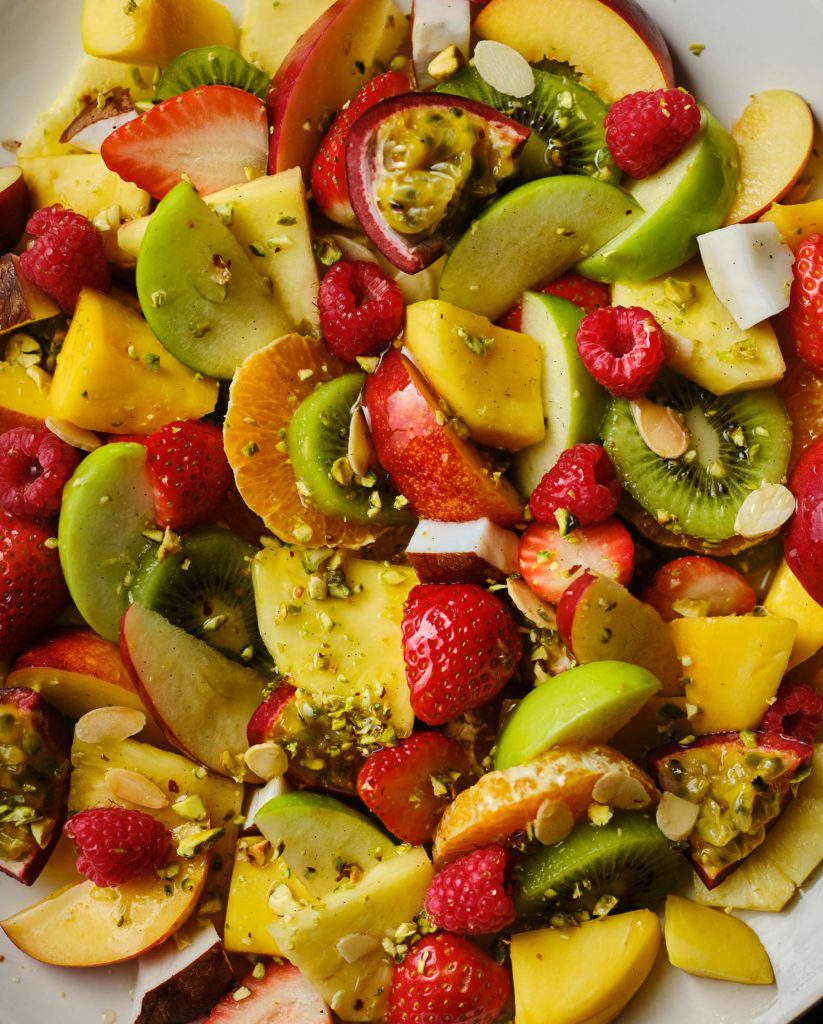
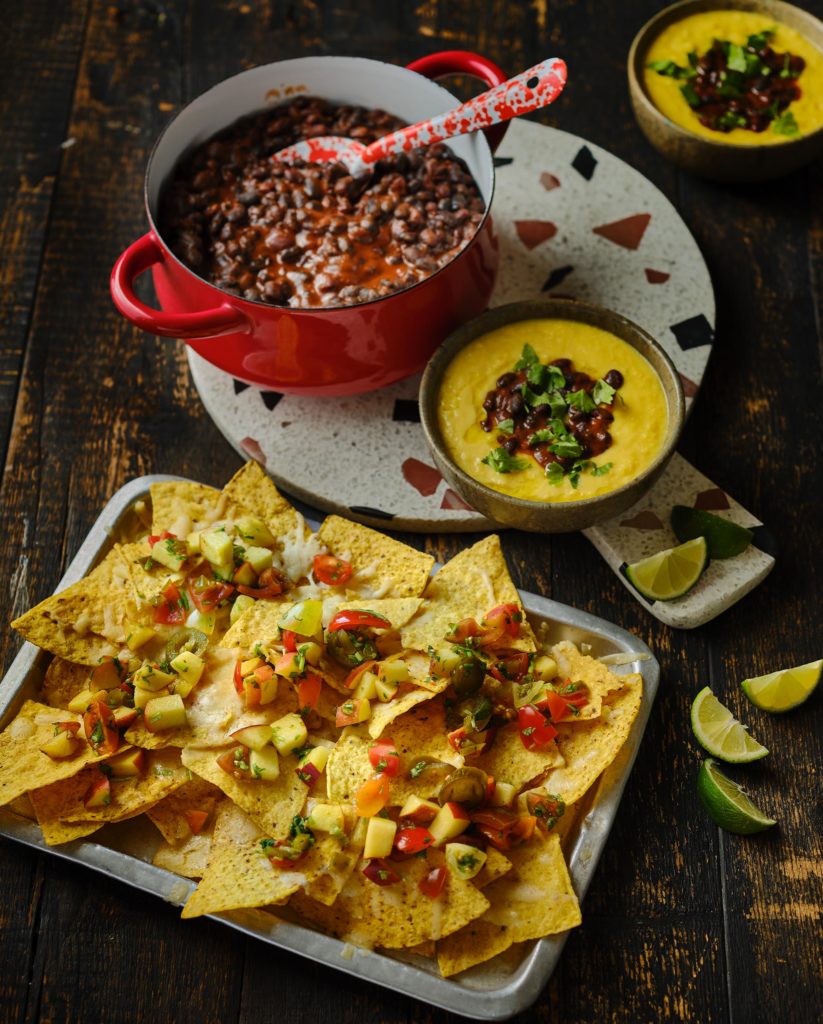
Texture
At Life Kitchen we look at different ways to build texture into a dish, to make food that’s more interesting and enjoyable. This is because a lot of people who have cancer, specifically those who have head and neck cancer, find that they are able to only consume smooth textured food.
However, this can make eating feel like a chore. There are ways to help overcome this, using different variations of very soft textured foods. Texture is also important for people suffering a complete loss of taste as texture can add a new sensory dimension to what they experience in their mouth when eating. A difference in textures is often key to making a successful dish.
Our signature pineapple tacos are a good example of how we use texture – silky soft pineapple which bursts in the mouth, against the snap and crunch of the prawns and the crispness of spring onions.
Layering
For people experiencing a loss of appetite, the more flavour elements you can build into a dish the more chance there is of it being more appetising.
Layering flavour means building different flavours into a dish at different times. A good dish will have sweet, salty, bitter, sour and umami flavours to create interest for the palette. A lasagna for example will have sweetness from tomatoes, saltiness from parmesan, bitterness from red wine and so on. It will have the coarse texture of the meat, silkiness of the sauce, crunch from vegetables and bite from the pasta sheets.
Another way to layer flavours is by using different cooking techniques at different stages. You could blacken an aubergine on a flame before adding it to a sauce, building in smokiness and soft texture. Equally you could make a quick acidic pickle to add to parmesan baked cod, giving the sharp contrast of crunchy, sour pickles to soft umami rich cod.
Pulling together all of our other principles of taste and flavour, we create a dish that’s balanced and layered beautifully with different flavours and sensory experiences.
